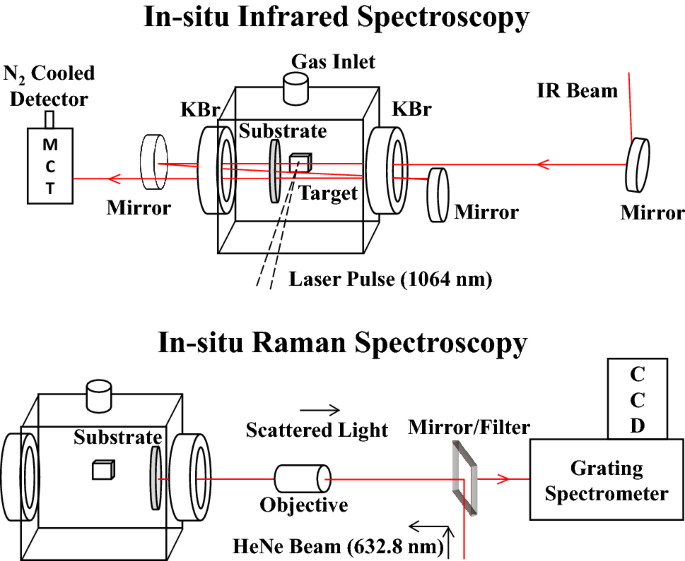「インスパイラル」の「i」から「ガンマ線バースト」の「g」まで。 From “i” for “inspiral” to “g” for “gamma-ray burst”
2022-07-12 マックス・プランク研究所
今回の研究では、回転するブラックホールと中性子星からなる2つの異なるモデル系を選び、ブラックホールの質量は5.4太陽質量と8.1太陽質量、中性子星の質量は1.35太陽質量に設定され、中性子星の質量は1.35太陽質量に設定されました。これらのパラメータは、中性子星が潮汐力によって引き裂かれることが予想されるように選ばれました。
高エネルギージェットが、起源が謎に包まれている短いガンマ線バーストの原因である可能性もあります。また、シミュレーションの結果は、放出された物質が金やプラチナのような重元素を合成することを示しています。
シミュレーションによると、合体の過程で、中性子星は潮汐力によって引き裂かれることがわかりました。数ミリ秒で中性子星物質の約80%がブラックホールに落ち、その質量は太陽質量の1倍程度になります。その後、約10ミリ秒の間に、中性子星物質は片腕の渦巻き構造を形成する。螺旋腕の物質の一部は系外に放出され、残りの物質(0.2〜0.3太陽質量)はブラックホールの周囲に降着円盤を形成する。降着円盤が合体後にブラックホールに落ち込むと、ジェット状の電光放射が集中的に発生し、最終的に短いガンマ線バーストが発生する可能性があります。
<関連情報>
- https://www.mpg.de/18948425/from-i-for-inspiral-to-g-for-gamma-ray-burst
- https://journals.aps.org/prd/abstract/10.1103/PhysRevD.106.023008
数秒の長さのブラックホールと中性子星合体の一般相対論的ニュートリノ放射磁気流体力学的シミュレーション General-relativistic neutrino-radiation magnetohydrodynamic simulation of seconds-long black hole-neutron star mergers
Kota Hayashi, Sho Fujibayashi, Kenta Kiuchi, Koutarou Kyutoku, Yuichiro Sekiguchi, and Masaru Shibata
Physical Review D Published 8 July 2022
DOI:https://doi.org/10.1103/PhysRevD.106.023008
ABSTRACT
Seconds-long numerical-relativity simulations for black hole–neutron star mergers are performed for the first time to obtain a self-consistent picture of the merger and post-merger evolution processes. To investigate the case that tidal disruption takes place, we choose the initial mass of the black hole to be 5.4 M⊙ or 8.1 M⊙ with a dimensionless spin of 0.75. The neutron-star mass is fixed to be 1.35 M⊙. We find that after the tidal disruption, dynamical mass ejection takes place over ≲10 ms, together with the formation of a massive accretion disk. Subsequently, the magnetic field in the disk is amplified by the magnetic winding and magnetorotational instability, establishing a turbulent state and inducing angular momentum transport. The post-merger mass ejection by the magnetically induced viscous effect sets in at ∼300–500 ms after the tidal disruption, at which the neutrino luminosity drops below ∼1051.5 erg/s, and continues for several hundred ms. A magnetosphere near the rotational axis of the black hole is developed after the matter and magnetic flux fall into the black hole from the accretion disk, and high-intensity Poynting flux generation sets in at a few hundred ms after the tidal disruption. The intensity of the Poynting flux becomes low after the significant post-merger mass ejection, because the opening angle of the magnetosphere increases. The lifetime of the stage with the strong Poynting flux is 1–2 s, which agrees with the typical duration of short-hard gamma-ray bursts.



